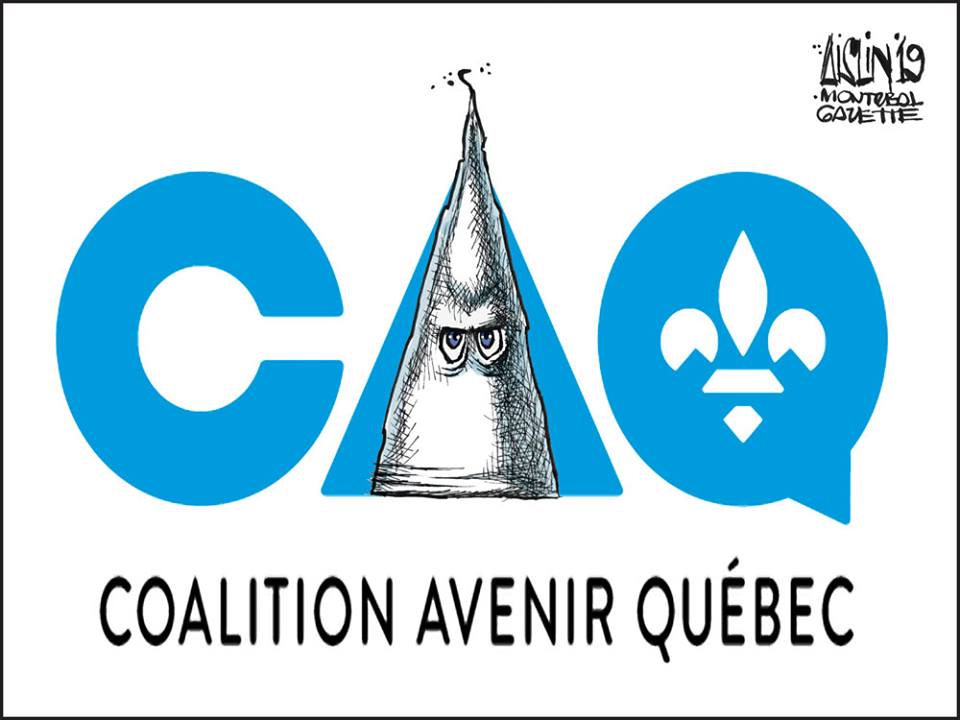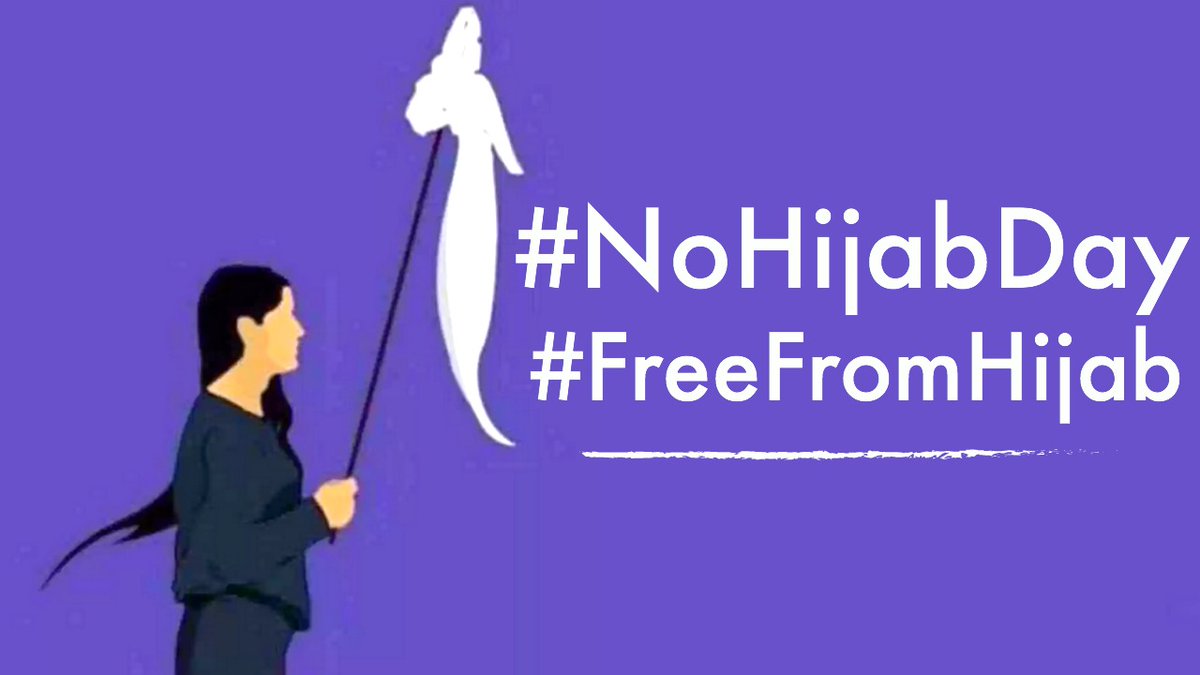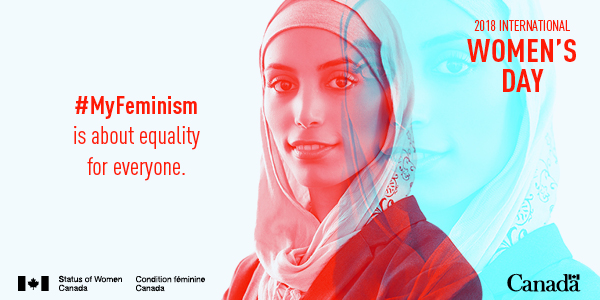…and their dupes and allies in non-Muslim countries
2019-02-08 Epilogue added 2019-02-08 @ 21:00
This blog summarizes three major strategies employed by Islamists and their objective allies: (1) accusations of “Islamophobia”; (2) conflation of race and religion; and (3) defamation by association with the far-right.
Sommaire en français Dans ce blogue je résume trois stratégies majeures utilisées par les islamistes et leurs alliés objectifs : (1) les accusations d’« islamophobie »; (2) confondre race et religion; et (3) diffamation par association avec l’extrême-droite.
In non-Muslim countries, Islamists, i.e. promoters of political Islam—a variant of Islam with serious political ambitions—have several key strategies. Here are three important ones:
- Accusations of “Islamophobia”: This strategy needs little explanation. The dishonest and incoherent nature of the term “Islamophobia” is well known and well documented. The main purpose of such accusations is to stifle, i.e. censor, legitimate criticism of Islam and Islamism.
- The suffix “-phobia” implies an irrational fear, whereas to fear a religion, especially a dangerous monotheism like Islam or Christianity, is eminently rational, especially if that religion has political ambitions.
- Furthermore, the term is often used incorrectly to mean a prejudice against Muslims, i.e. a group of persons, whereas Islam is not a group of persons but rather a religious ideology.
- Conflation of Race and Religion: Again, this strategy is well known. And again, the main purpose is to stifle criticism of Islam or Islamism by labelling the adherents of those ideologies as belonging to a “race” (which is of course nonsense) so that accusations of “racism” may be used against critics.
- The dishonesty of this strategy is obvious: whether or not one considers race to be a fictional or a real phenomenon, it must necessarily be based on innate, immutable attributes of the individual (such as genetic inheritance, skin colour or some other physical characteristic). But religion, on the other hand, is an idea or an ideology which one can (or at least should be allowed to) change at will. When an individual adopts a new religion, or abandons their former religion, they do not thus belong to a new race, obviously. Furthermore, the conflation of race and religion amounts to a denial of freedom of conscience for religious believers.
- If an individual has the misfortune of being born and raised in religion X, then identifying that person with religion X amounts to a denial of his/her right to think for himself or herself. In fact, identifying a child with the religion of his or her parents is already a violation of that child’s freedom of conscience. Religion should be a matter for adults only, like marriage or alcohol. Until an individual reaches adulthood and attains the maturity necessary for informed decisions on such matters, he or she should not be identified with any religion.
- Accusations of Far-Right Political Affinity: This strategy is very often used by the identitarian left (or more accurately, pseudo-left) to slander anyone who disagrees with it—often using or misusing the vague expression “alt-right”—and it has been gleefully borrowed by Islamists to their great advantage. This slur is based on an extremely loose definition of “far-right” or, even better, no explicit definition at all, thus allowing the label to be stuck on any person or thing one dislikes.
- This strategy works very well for Islamists as it converges greatly with the two strategies described above, especially the second.
- This strategy is particularly ironic and hypocritical as Islamism is itself an extreme far-right ideology, far worse than even the classic fascism of Mussolini.
- One major example: the denigration of the Quebec government of the party CAQ (Coalition Avenir Québec) elected to power on October 1st 2018. The CAQ is a centre-right party which places it close to the defeated QLP (Quebec Liberal Party) on the left-right political spectrum in terms of economic policy. Yet the English-language media in Canada, which were very sympathetic to the PLQ, do not hesitate to associate CAQ with far-right groups. Why? Because the CAQ has committed itself to implementing several very good secular measures in Quebec (which, by the way, places it far to the left of any other government, provincial or federal, in Canada on that issue). Secularism is of course an anathema for Islamists; thus, the CAQ has already been the target of a tsunami of negative propaganda from Islamist ideologues and their dupes—just as the Parti Québécois (PQ) was several years ago and for similar reasons—and we can expect it to continue for some time.
All three of these strategies are variants of the same theme: slander, in varying degrees of intensity. Furthermore, all three are blithely deployed in the service of Islamism by non-Muslims who are duped by that ideology into becoming its unwitting allies.
Anyone who employs all three of the above strategies is an objective ally of political Islam. By “objective ally” I mean that, regardless of the person’s intentions (which are often difficult or impossible to judge), their words and/or actions objectively benefit the spread of Islamist ideology whether intentionally or not, whether they realize it or not.
Epilogue

Click to enlarge
Source: Facebook page of cartoonist Aislin
Only hours after putting the above blog on line, I received some news that illustrates all too graphically my point, in item 3 above, about slandering the CAQ by falsing associating it with the far-right. The cartoonist of the Montreal Gazette produced the caricature on the left. It is available on-line, on the cartoonist’s Facebook page. This image does not merely transmit a message which defames the CAQ. It is a major slur directed at all those who support the CAQ’s secularism measures, including the majority of Québécois. Although the Gazette decided not to run it—a wise decision, I think—I am publishing it here because it needs to be seen in order to expose the profound and virulent hatred for Québécois which underlies opposition to the CAQ’s very reasonable and laudable plans. This is the face of anti-Québécois racism, so prevalent in English-speaking Canada.
Next blog: An Open Letter to the Council of Canadians





